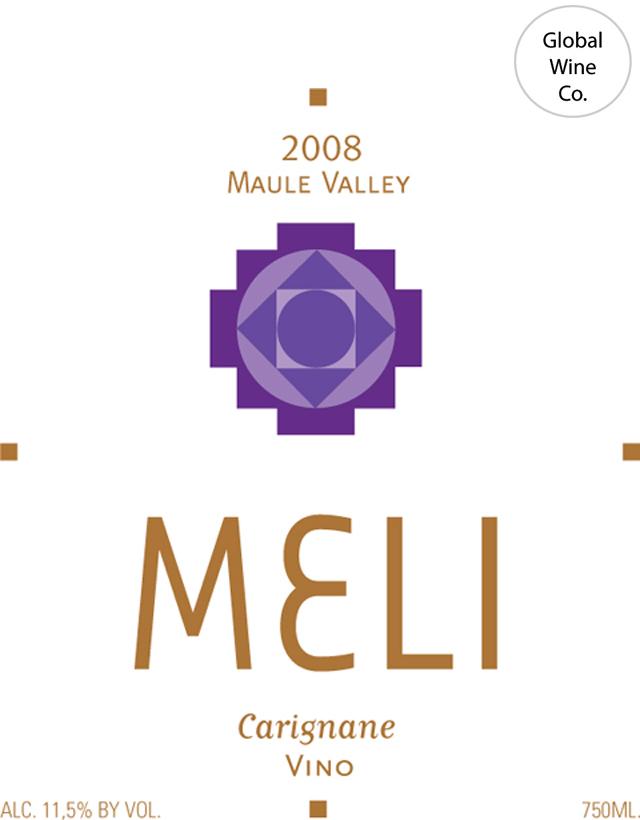2008 Maule Valley Carignane, Cabernet Sauvignon
Global Wine Co. Carignane is a striking red wine from the illustrious Maule Valley, known for producing exceptional varietals. This captivating 2008 vintage showcases a harmonious blend of Carignane and Cabernet Sauvignon, resulting in a wine that is full-bodied and rich in character. The acidity presents itself as bright and lively, beautifully balancing the generous fruit intensity that exudes notes of dark cherry, raspberry, and hints of blackberry. The tannins are structured yet silky, providing a firm backbone without overwhelming the palate. This wine is crafted in a dry style, making it wonderfully food-friendly and perfect for pairing with hearty dishes. The Maule Valley's unique terroir contributes to the wine's complexity, making each sip a delightful experience. Enjoy the depth and vibrancy of this elegant offering from Global Wine Co.
Global Wine Co. Carignane is a striking red wine from the illustrious Maule Valley, known for producing exceptional varietals. This captivating 2008 vintage showcases a harmonious blend of Carignane and Cabernet Sauvignon, resulting in a wine that is full-bodied and rich in character. The acidity presents itself as bright and lively, beautifully balancing the generous fruit intensity that exudes notes of dark cherry, raspberry, and hints of blackberry. The tannins are structured yet silky, providing a firm backbone without overwhelming the palate. This wine is crafted in a dry style, making it wonderfully food-friendly and perfect for pairing with hearty dishes. The Maule Valley's unique terroir contributes to the wine's complexity, making each sip a delightful experience. Enjoy the depth and vibrancy of this elegant offering from Global Wine Co.




